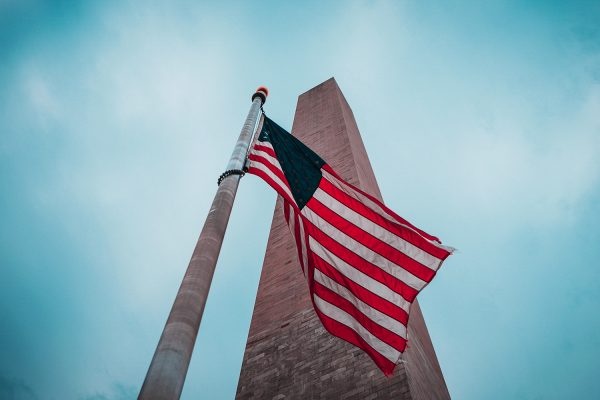
Political violence is rising in America. A man has been arrested for mailing over a dozen pipe bombs to prominent liberal figures and CNN. Hate crimes are up since 2016. The country is sharply divided between Democrats and Republicans. With the midterm elections likely to produce divided government, tension could continue to mount.
It is starting to look like the political system that has existed in America since 1789 is no longer tenable. American political culture has become too divided, Americans’ priorities are too conflicted, and the system is unable to satisfy anyone or get things done.
What are the alternatives?
1: Confederation
Replace the federal system with a confederation. I have written about this option before. The geopolitical divide in the country is not regional, but it is rural-urban. Cities are centers of liberalism. The rural hinterlands are bastions of conservatism. Instead of the current states under a federal government, semi-autonomous republics would be created, and the borders would be drawn between urban and rural areas.
These republics would have the freedom to enact their own social and economic policies. An executive council comprised of the leaders of the republics would coordinate foreign policy. This would still be a single, sovereign government, but it would allow greater flexibility and autonomy at the local level while still providing for coordination at the national level.
The new United States would be similar to Switzerland.
2: The American Union
The United States would break up into smaller countries, but all or some of these new countries would form a supranational union like the European Union.
As with the EU, Americans would be able to travel between AU countries without restrictions. The AU would be a free-trade zone and it would use a single currency, the dollar. Unlike remaining in a confederation-style government, American Union member states would have full sovereignty but with the added benefits of free trade and travel.
3: Balkanization
Similar to option #2, except there would be no supranational union to unite the newly-independent states of America. Some countries may turn into black or white ethnostates. Some may be absorbed into Canada or Mexico.
Ex-KGB agent turned academic Igor Panarin famously predicted this would happen by 2010. Maybe his prediction was off by a decade.
Whatever the new map would look like, the United States would be the world’s next Yugoslavia.
4: Anarchy
A Second Civil War is unlikely, but not impossible. Thomas Ricks, the former military correspondent for The Wall Street Journal and The Washington Post, has written about the possibility in Foreign Policy.
A Second Civil War wouldn’t look like the first: a regional conflict between Northern (blue) and Southern (red) states.
It would likely be a patchwork of affiliated insurgency groups and their counterparts engaging in light skirmishes along the overlapping edges of their networks, mixed with occasional high-value terror attacks against soft and hard targets.
Militant groups would fight each other as much as the remnants of the federal government. The war could drag on for many years. Citites could be devastated. Large tracts of farmland would likely be destroyed or left to rot. A victory for any side would be pyrrhic at best or mutually destructive at worst.
Obviously this is the worst-case outcome, but even a more plausible scenario — a continued increase in political violence, mass shootings and hate crimes — is bad enough to warrant a rethink of America’s constitutional order. It’s time to consider options for a post-federal America.
If nothing else, Americans could at least form contingency plans in case their differences really are intractable.
